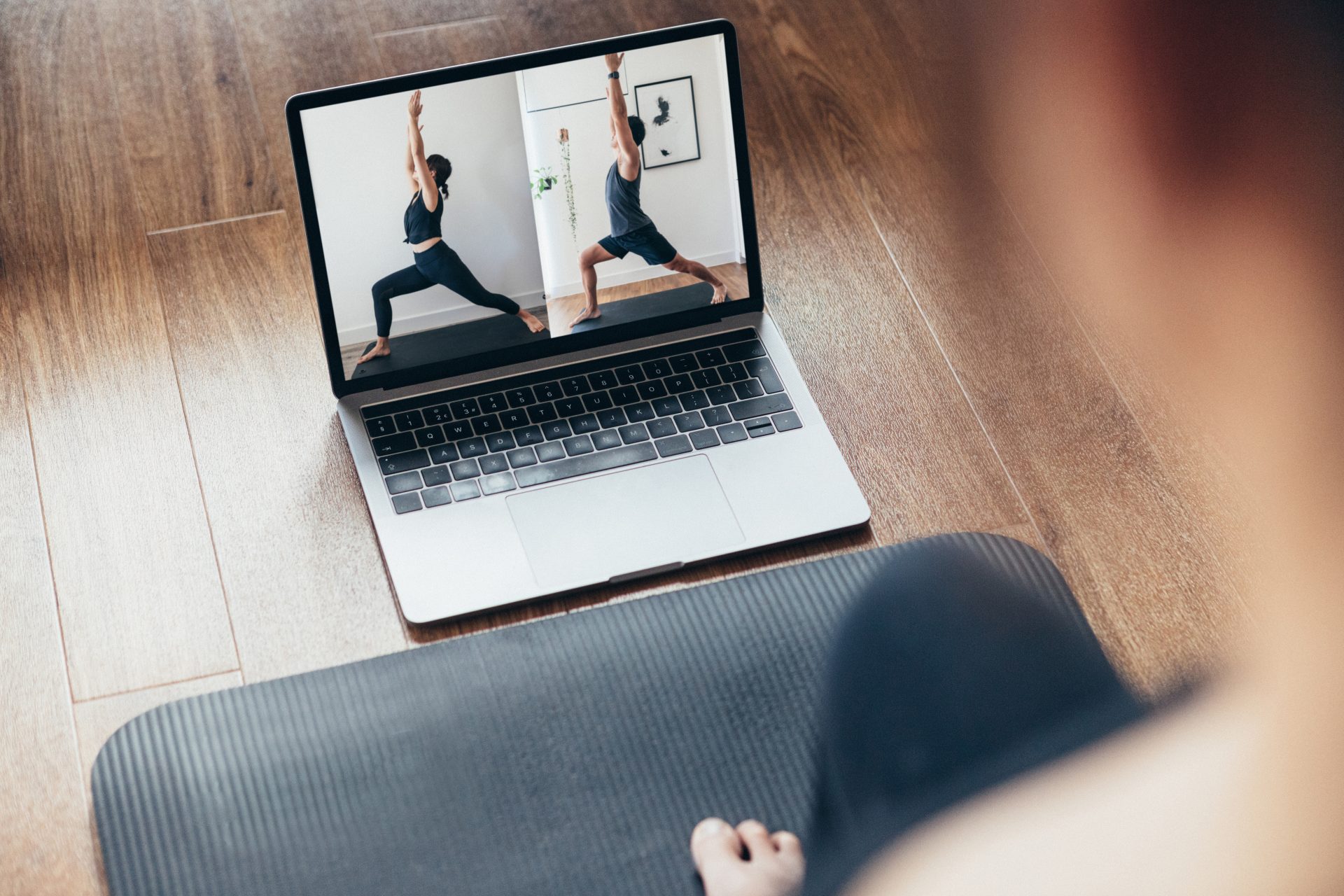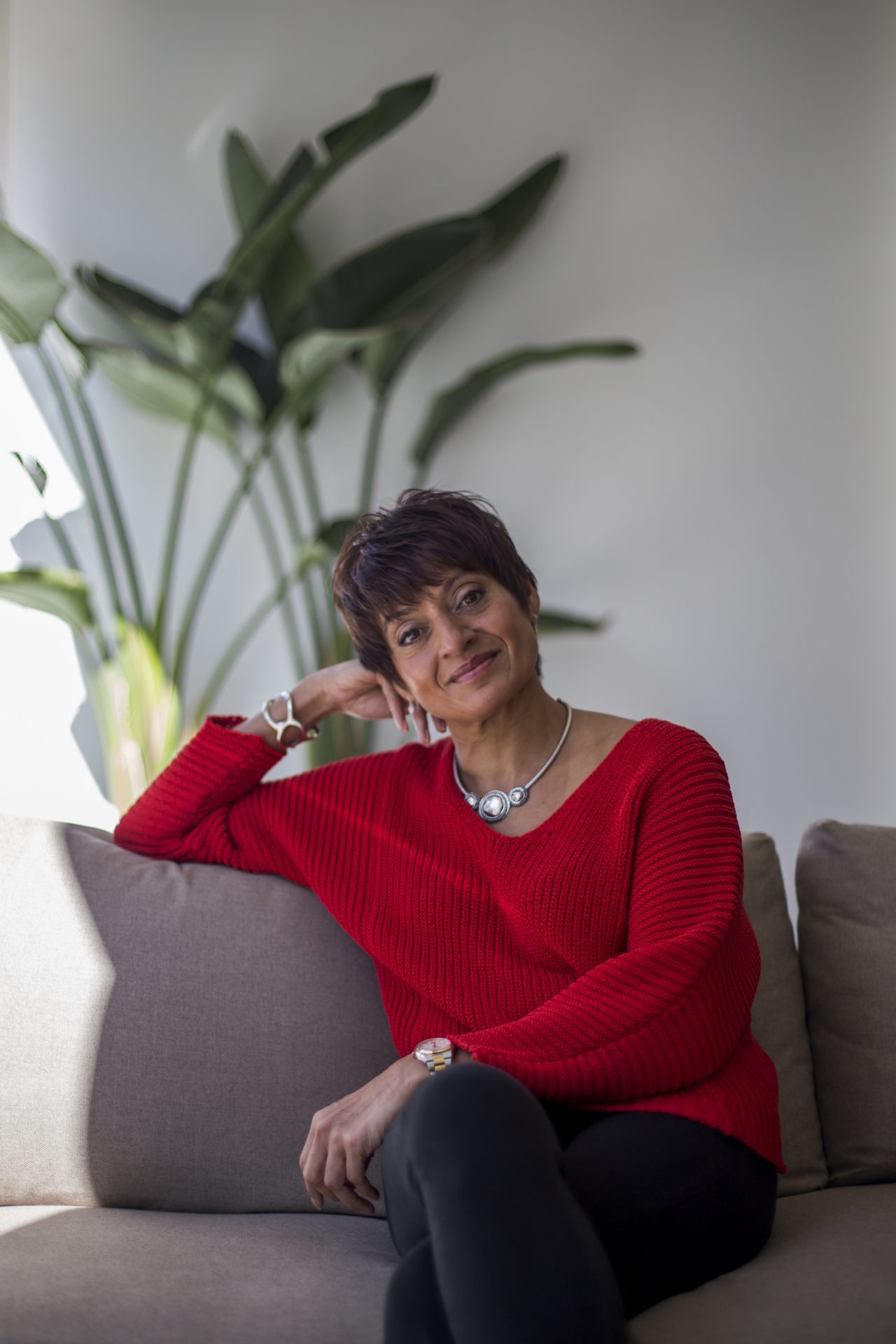Written by Stylist Team
Welcome to Stylist’s Sleep Diaries, where we’re taking a deep-dive into one of the most important (and elusive) factors in our day-to-day lives: sleep. To help us understand more about it, we’re inviting women to track their bedtime routines over a five-day period – and filing these diaries to sleep expert Dr Nerina Ramlakhan for analysis.
In this week’s Sleep Diaries, a 31-year-old solicitor explains how her axial spondyloarthritis has forced her into an extreme fatigue cycle.
A little about me:
- Age: 31
- Occupation: Solicitor
- Number of hours sleep I get each night: 8
- Number of hours sleep I wish I got each night: 9
- Diagnosed sleep-related problems: I have axial spondyloarthritis which is inflammatory arthritis in my spine. The pain can lead to disturbed sleep, but what I’m currently struggling with more is the extreme chronic fatigue it can cause. Some days I barely have enough energy to shower and I’m desperate to lie down and nap. It has been really debilitating and I’m struggling to get it under control. I’m currently signed off work for two weeks due to a particularly bad flare. My problem is I sleep too much!
- How much water I drink on average per day: 1.5 litres
- How much exercise I do on average per week: Depends on flares, but usually 30-60 mins walking per day with the dog, plus 3 or 4 25 min yoga videos and stretching every night. Swimming once per week when I can.
Day 1
I eat dinner at about 7pm. I’m having a bad day with fatigue, so I keep it simple with a plate of oven chips, chicken and coleslaw. I receive a stressful work e-mail at 9pm which sets my anxiety running. It’s the last one before my sick leave but it still stresses me out.
I do yoga stretches in front of the TV until 10. 10-10.30pm, but I’m so worked up I wind up looking at job listings in case it all goes wrong.
By 11pm, I’m reading in the living room. Come midnight, I take the book to bed with me, and it’s a long while before I finally fall asleep, anxious and weary.

Day 2
I wake up at 9am naturally: there are no alarms this week, as I’m trying to recuperate. But I can’t face breakfast until about 10am.
I fight not to nap at about 1pm, which I manage by forcing myself to walk around the flat before collapsing back on the sofa and watching TV.
I eat dinner around 6.30pm, which is another easy meal: beans, jacket potato and salad. I have enough energy to play with the dog which cheers me up, before I succumb to more TV under my heated throw.
I do stretches in front of the TV until 11pm, before taking my book to bed again. Come midnight, though, I’m still up, so I get up for a snack of Coco Pops. I have no idea what time I eventually fall asleep, but I’m guessing it’s after 1am.
Day 3
I wake up at 8am naturally, but my energy levels are still low. I work really hard not to nap at 1.30 and manage again by making myself do a small task.
Dinner is at 7pm (it’s spag bol tonight), then I enjoy a long Skype call with my family.
Once again, I do stretches in front of the TV until 11pm and read in bed until midnight.
For the first time in ages, I fall asleep easily and happily.

Day 4
Today I wake up at 8am without an alarm, but go back to sleep until 10am.
My energy levels are improving today, but I have to write my handover for work, which takes me around three hours: I finish at 8pm.
Tonight’s dinner comes as soon as my work is done, and it’s a classic sausage and mash. I watch a film until 10pm, then do stretches whilst listening to my audio book until 11:15.
I fall asleep soon after.
Day 5
I wake up at 8.30am after a fitful sleep. As my energy levels rise, the extended rest periods seem to have exacerbated the pain elements of my condition and I’m achy from all the sitting and lying down.
Dinner at 6pm is a takeaway of kimchi pancake, bibimbap, and Korean chicken. I do stretches in front of the TV until 11pm.
I really struggle to sleep, so I download a list app on my phone to decant some things from my brain and play a boring phone game. I try to do breathing exercises and a body scan meditation but my mind keeps wandering.
At a guess, I fall asleep not too long after midnight; 12.30am or 1am, perhaps.
So, what does it all mean? A sleep expert offers her thoughts
Dr Nerina Ramlakhan, sleep expert and professional physiologist, says:
“I really feel for you, as you’re clearly stuck in a profound fatigue cycle and running on fear and in survival mode. I hope you can use these two weeks off work to reset.
“You could really do with specialist advice on nutrition, as your diet really isn’t nutrient-rich enough to support your recovery. There’s no mention of supplements – you should be taking some with her illness.
“You also need to recalibrate your activity-rest balance as you’re going to bed too late and waking too late. The stretching is good, but also done too late at night: perhaps a career reset is needed?”

Dr Nerina continues: “A simple technique to help you manage the fear and overwhelm would be to start getting things down on paper – journaling and list-writing. This needs to happen before you go to bed.
“You need to feel safe to make decisions which nourish your heart and soul, and the support of a good therapist could be helpful. I recommend that you read my first book Tired But Wired, in which there are many case studies like yours, followed by Brene Brown’s Daring Greatly.
“Good luck – I wish you all the best with your recovery and making loving choices for yourself.”
Axial Spondyloarthritis is an inflammatory arthritis where the main symptom is back pain. You can find help and support with the chronic pain condition via the National Axial Spondyloarthritis Society (NASS) website.
If you would like to take part in Stylist’s Sleep Diaries, please email us at [email protected] with ‘SLEEP DIARIES’ as the subject. We look forward to hearing from you.
Dr Nerina Ramlakhan is a renowned physiologist and sleep expert and regularly hosts sleep programmes and workshops. She is the bestselling author of several books about sleep, including The Little Book of Sleep: The Art of Natural Sleep (Gaia, 2018).
Lead image design: Ami O’Callaghan
Stock images: Getty/Tracey Hocking/Unsplash
Source: Read Full Article